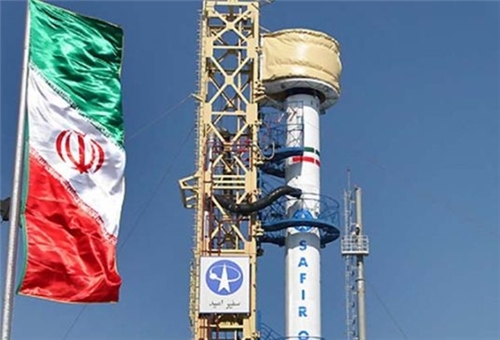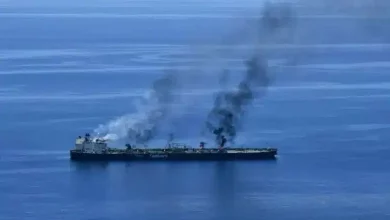Iran Space Program: Exploring the Great Unknown

Iran prepares to orbit three new homemade satellites, Zafar (Triumph), Tolou (Sunrise) and Pars, on the back of more powerful launchers and carriers in the near future.
It is now an open secret that despite Western technological sanctions and restrictions, Tehran is determined to expand its Space Program in order to:
1. Promote science education
2. Improve communications
3. Carry out environmental research
4. Eliminate reliance on foreign satellite/space technology
5. Explore a new frontier
6. Improve lives and life technologies
7. Put the nation and its place in the universe into perspective
To this end, Hamid Fazeli, deputy head of Iran Space Agency (ISA), says the homemade satellites of Sharifsat and Nahid are also among the near-term plans, designed to transmit images of the Earth’s surface to ground stations. Zafar will be sent into a geostationary orbit, with a lifespan of 18 months, to capture and transmit images to stations on Earth. Tolou will also carry out remote sensing and topography missions, travelling in an orbit of 500 kilometers above the Earth’s equator.
Iran has its sights set on sending an astronaut into the space in, maximum, 7 years from now as well – after becoming the first Islamic nation to put its own payload into space. But the grand goal of getting to the moon may be among the least of the benefits Iran expects to reap from its expanding Space Program. The near-term goals are mostly practical: Developing an independent Space Program and satellite technology. And no, Iran Space Program has nothing to do with using the dual-use technology for a military buildup – as alleged by some West governments.
Into the argument, some of its old launch capabilities were indeed inspired by, and to some extent based on, foreign models and systems. But its newest launch vehicles and satellites are all indigenously designed and built. The Tolu (Sunrise), launched in 2011, was Iran’s first remote-sensing satellite.
Western and NASA experts see Iran Space Program as a “win-win from both the technical and techno-nationalistic political perspectives, considering how missile and rocket development go hand-in-hand. Whether or not that gets the Iranians to the moon may be beside the point.”
They further claim, “Iran’s human spaceflight plans are mostly talk,” but so were their previous claims about Iran’s “inability” to single-handedly master the nuclear technology AND the technology of uranium enrichment for civilian use – let alone have a space program in the first place!
In any case, for Iran and its Space Program, sky is not the limit anymore. The program has helped the country answer many questions. It has changed the country’s perspective drastically on what many once thought was impossible and now is possible. It also made the Iranians believe in themselves more than ever before.
Likewise, after witnessing the fantastic technological breakthroughs and events happening in recent years, the program has inspired a new generation of students to pursue math and science careers. It drastically increased the aspiration of many to become scientists and engineers. Undoubtedly, this will also help the country tremendously by gaining more professionals on fields such as astronomer, astrophysicist, cosmologist et al.
In summary, the technology and knowledge gained from Iran Space Program continues to benefit everyone. It is not just an obligation that Iran had to do because it felt pressure by the United States and its space partners. It was an aspiration that the Iranian nation had to achieve in the 21st century in order to regain hope in what the country is known for.
Essentially, this is what the Space Program did for all the Iranian citizens: It changed their perspective that the sky is not the limit; gave inspiration, hope and confidence to everyone; and created new great technology that they now use so proudly and positively in their everyday lives.







